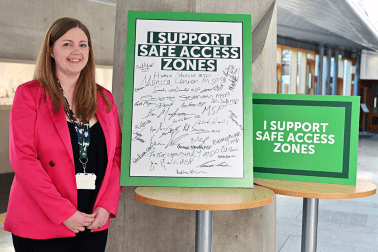My first award for intelligent design this week goes to Dublin airport for displaying a sign which reads ‘Lounges. Turn back. No lounges beyond this point.’
It may seem like a trivial thing, but it takes a rare intelligence to think in this way. It’s one thing to put up a sign that says ‘Lounges, this way’. But it takes nous to think ‘yes, well and good, but what happens if people see the first sign but miss the second one?’ In all likelihood, they would end up walking 500 yards in the wrong direction, as I nearly did.
Signage and wayfinding are mostly designed for people who never make mistakes. Should you misread your gate number at an airport, and end up at gate 92 instead of gate 29, you are doomed. Once you turn towards the sign for ‘Gates 80-95’ all information about flights from gates 1 to 79 disappears from the screens. By the time you have discovered your mistake, it is impossible to rectify it.
In the same way, most online decision paths are created using what I call the ‘motorway service station decision tree’ — where you are forced to undergo a rapid and irreversible elimination of options. Anyone who uses motorway services will be familiar with this: you’re tooling down a motorway at 75mph and decide to stop for a light salad (or if your spouse isn’t with you, a KFC Zinger Tower Meal); once off the slip road you face a barrage of signs — Food Court/Fuel/Lorries/Caravans/Coaches/Travelodge/Costa Drive-Thru, each pointing to a different fork. If your attention briefly wavers and you miss one of these bifurcations, you will find yourself hopelessly trapped in the lorry park with no means of return. This is probably what happened to Lord Lucan.









Comments
Join the debate for just £1 a month
Be part of the conversation with other Spectator readers by getting your first three months for £3.
UNLOCK ACCESS Just £1 a monthAlready a subscriber? Log in